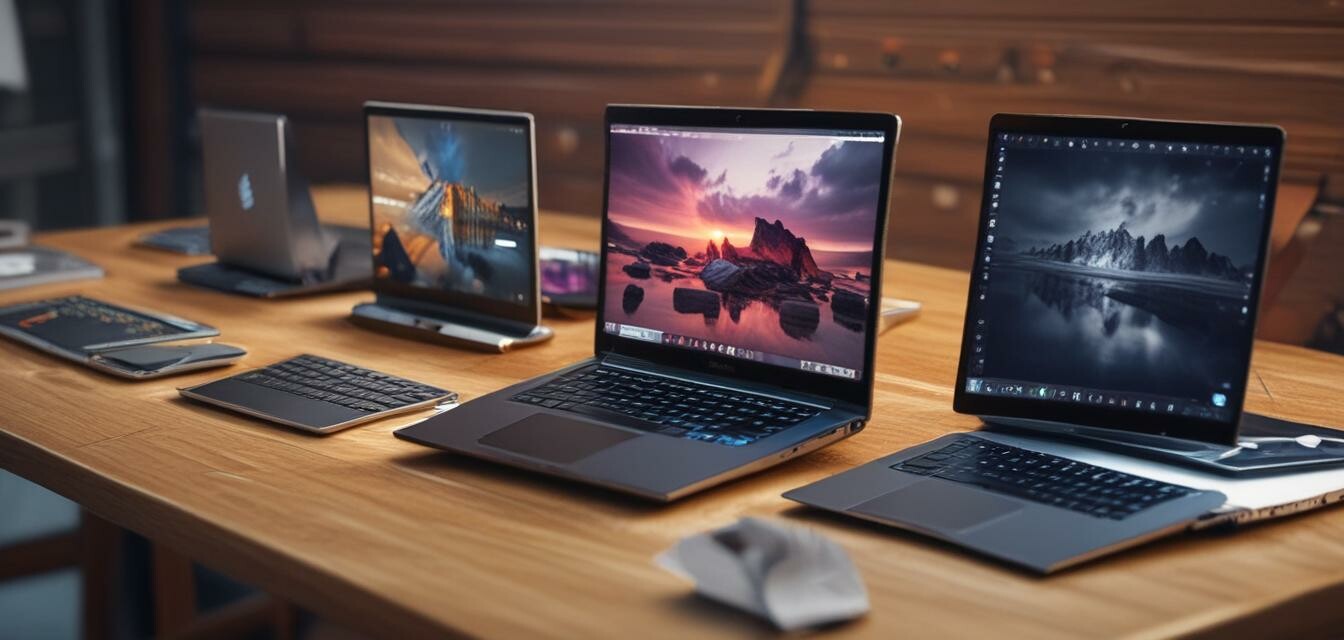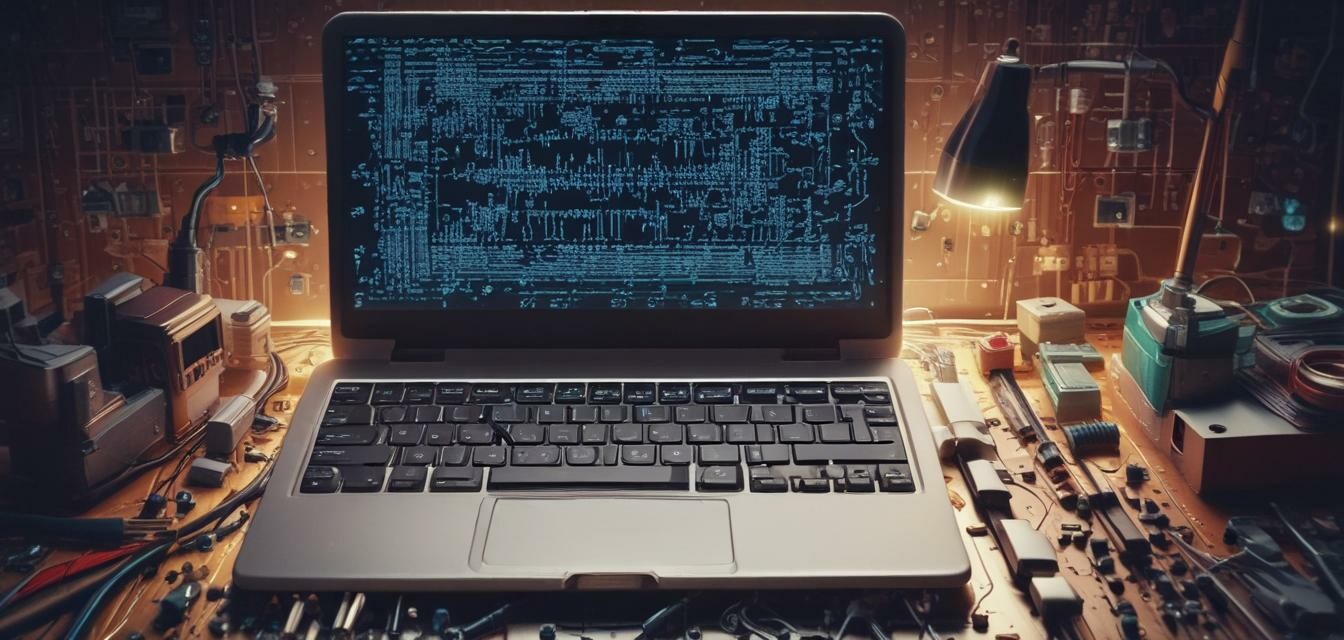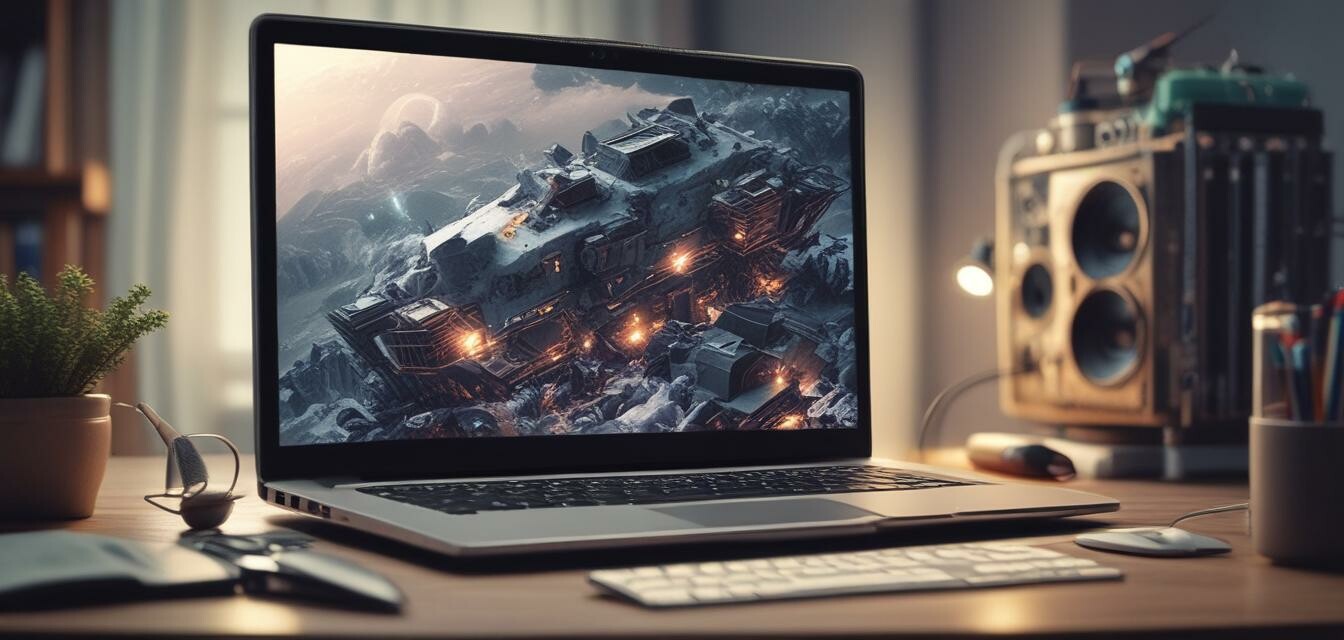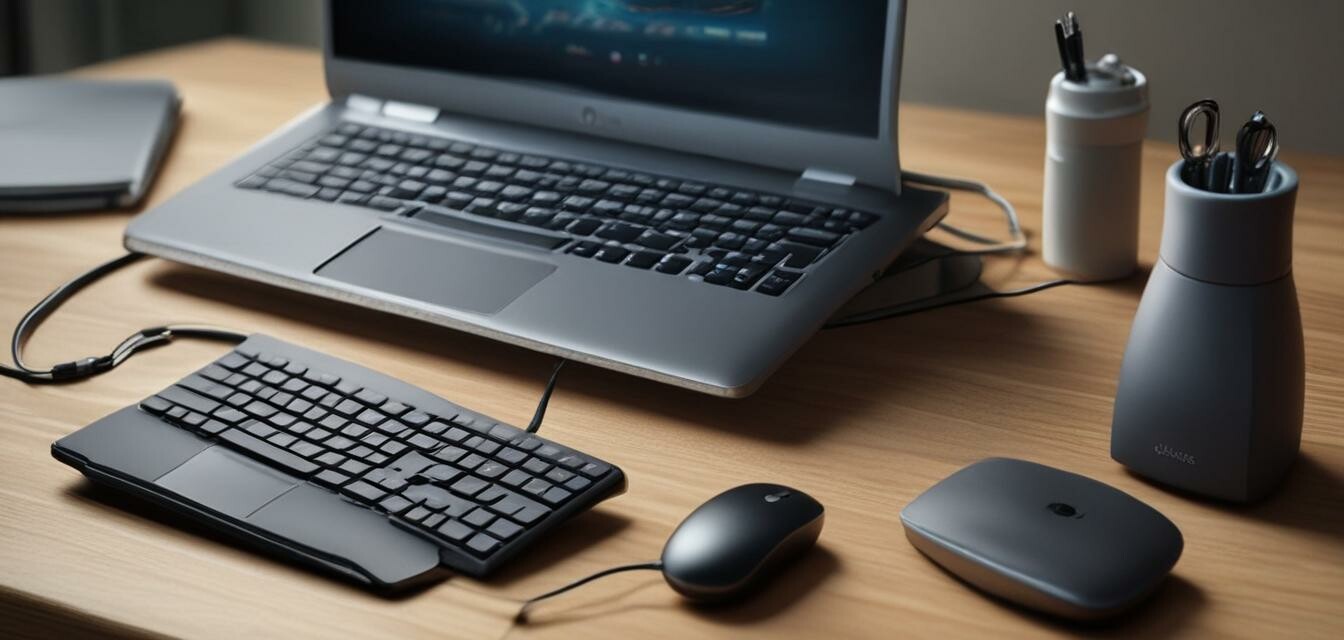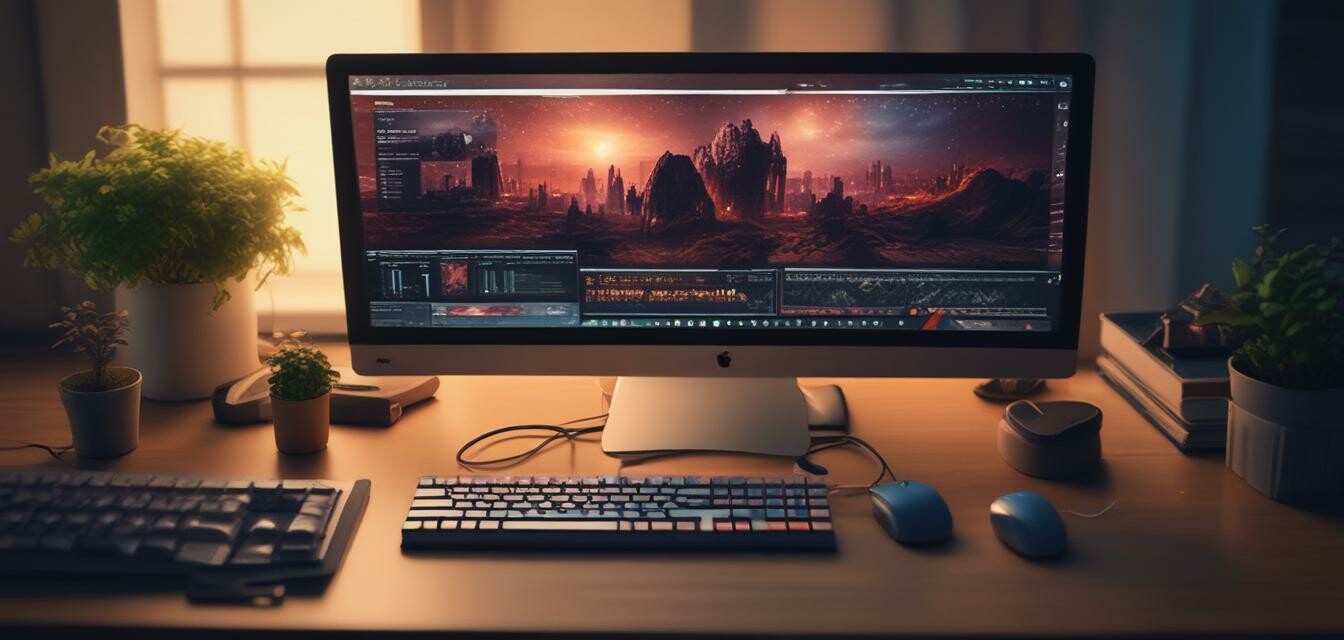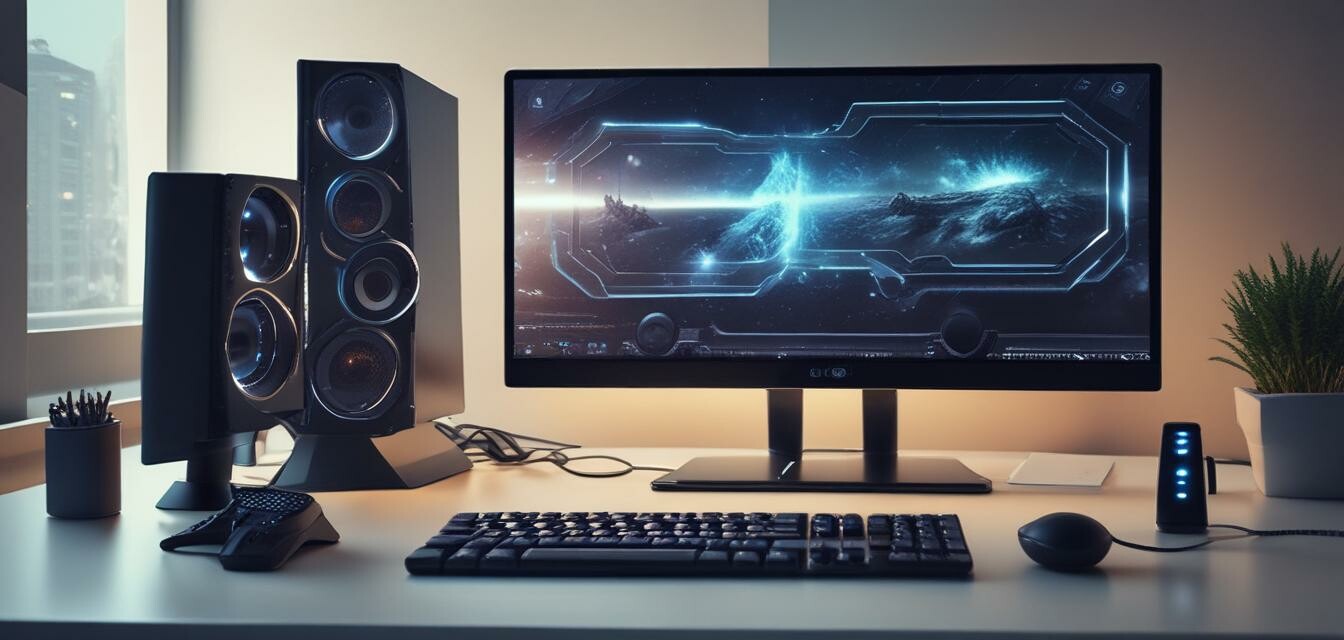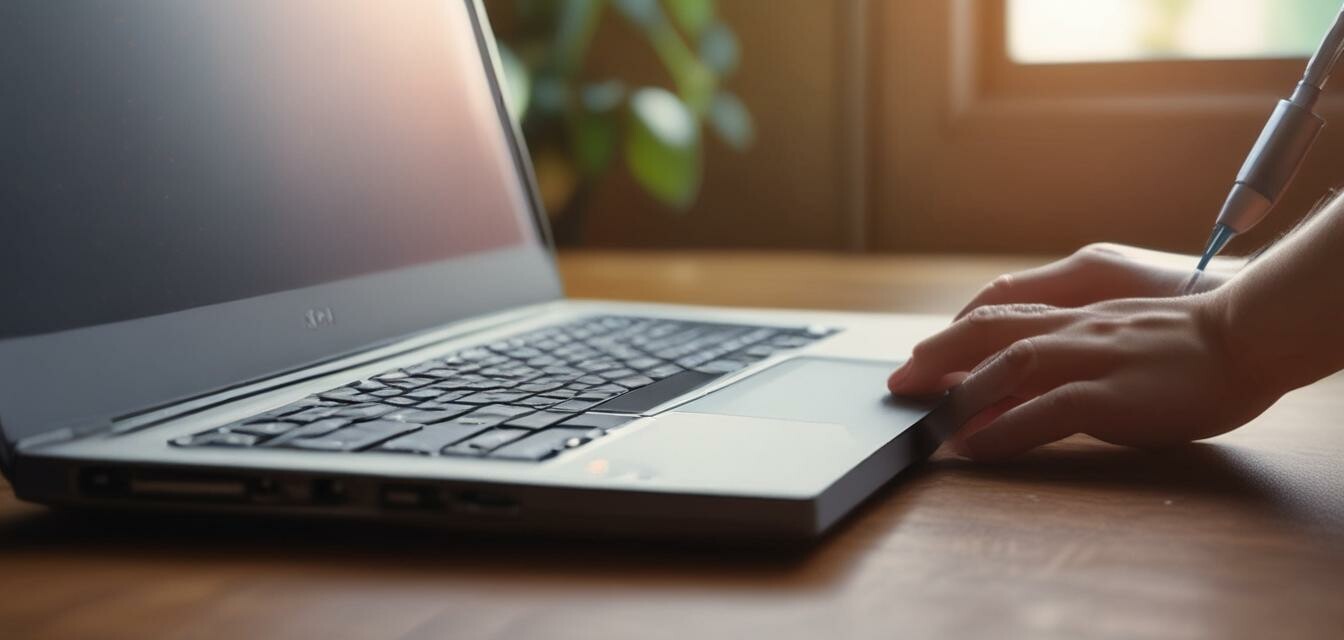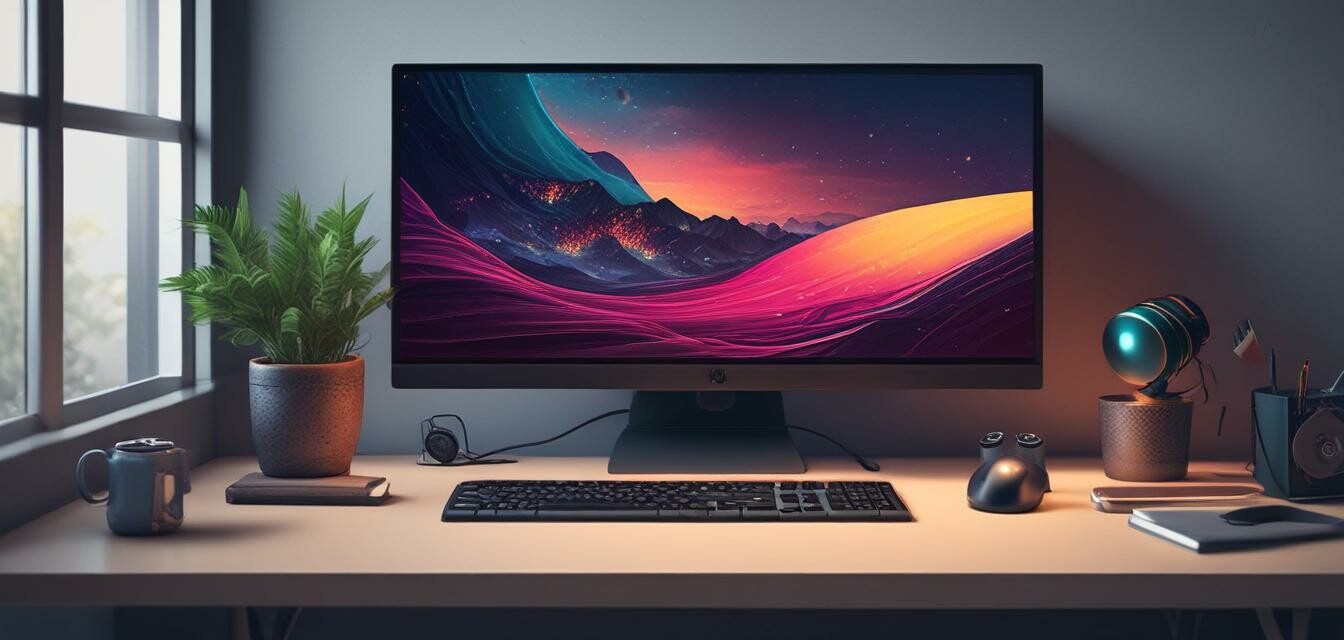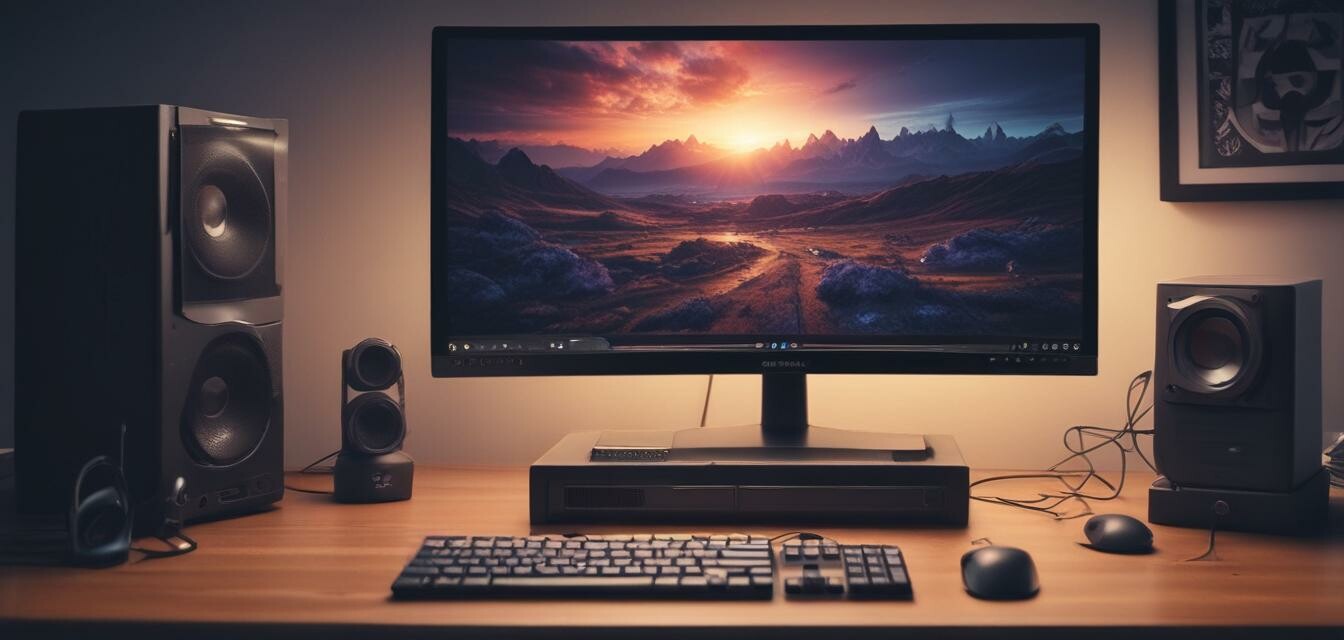
Desktop PC Maintenance
Key Takeaways
- Regular cleaning can improve performance and lifespan.
- Updating software and drivers is essential for security and efficiency.
- Backing up important data is a necessity to avoid loss.
- Proper management of hardware components enhances performance.
Maintaining your desktop PC is crucial for ensuring its longevity and optimal performance. With the right practices, you can keep your system running smoothly and avoid costly repairs. In this guide, we will explore the best practices for desktop PC maintenance that any user can implement. Let's dive in!
Why is desktop PC maintenance important?
Regular maintenance of your desktop PC is akin to servicing a vehicle. Just as a car requires regular oil changes and tire checks, your computer needs consistent attention to ensure it operates at peak performance. Maintenance helps prevent common issues such as overheating, slow performance, and hardware failure.
Benefits of maintenance
- Improved performance: Regular updates and cleaning lead to a faster, more efficient computer.
- Extended lifespan: Proper maintenance can help you get more years out of your investment.
- Data security: Keeping your software and hardware up-to-date protects against potential threats.
Best practices for maintaining a desktop PC
1. Regular cleaning
Dust and debris can accumulate inside the PC case, leading to overheating and hardware failure. Here’s how to keep your desktop clean:
- Turn off and unplug the computer.
- Open the case and use compressed air to blow out dust.
- Wipe down surfaces with a lint-free cloth.
- Ensure fans and vents are clear of obstructions.
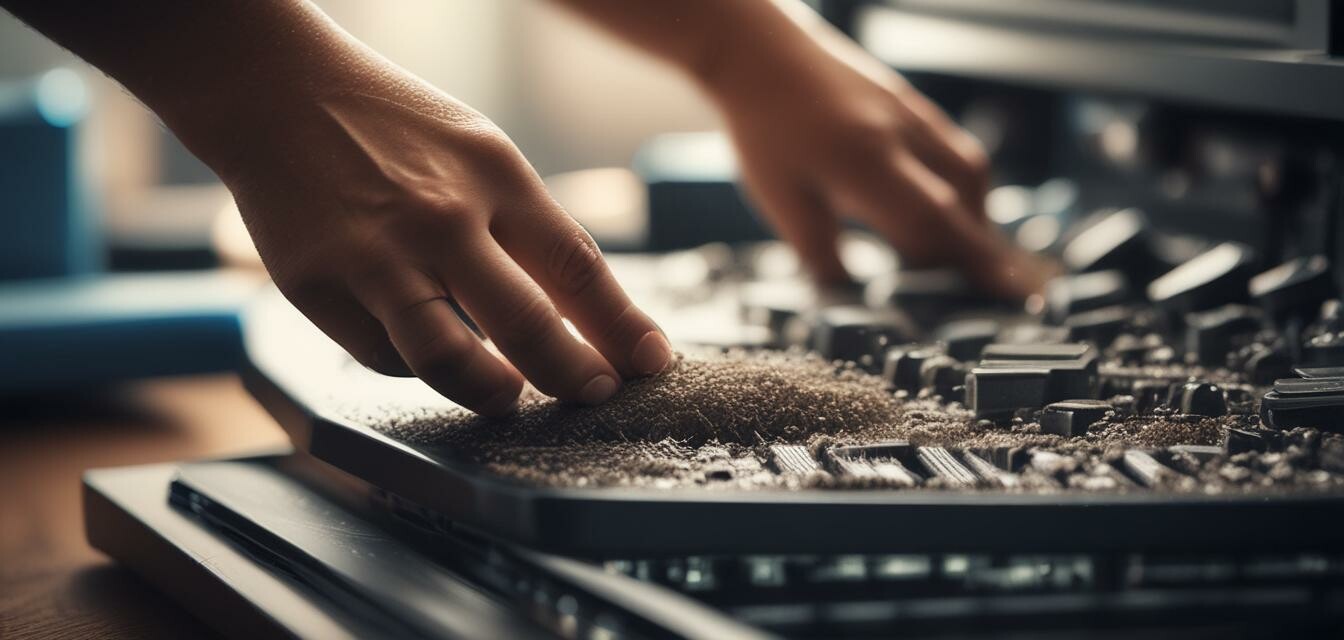
2. Updating software and drivers
Software updates include critical patches that enhance your system's security and performance. Follow these steps:
- Check for operating system updates regularly.
- Update drivers for your graphics card, motherboard, and other hardware components.
- Remove unused software to free up resources.
3. Backup important data
Backing up your data is essential in case of hardware failure or data corruption.
- Use an external hard drive or cloud storage for backups.
- Schedule regular backups to ensure no data is lost.
- Test your backups to confirm they can be restored.
4. Manage your hardware components
Your desktop PC's components require proper management to ensure they operate efficiently:
| Component | Maintenance Tip |
|---|---|
| Hard Drive | Run disk cleanup regularly and defragment if needed. |
| RAM | Monitor performance and clear background apps to free up memory. |
| Graphics Card | Keep drivers updated and ensure proper cooling. |
Common issues caused by neglect
Neglecting your desktop PC can lead to several problems:
- Overheating: Dust build-up can cause fans to fail, leading to heat damage.
- Software issues: Outdated software can lead to security vulnerabilities and crashes.
- Hardware failure: Lack of updates can result in incompatibility with new programs and hardware.
Conclusion
By following these best practices for desktop PC maintenance, you can ensure your computer runs smoothly and efficiently for years to come. Regular cleaning, updates, and data management are essential components of a successful maintenance routine. For more detailed information about different types of desktop PCs and their specific maintenance needs, check our articles on desktop PCs and gaming laptops.
Pros
- Enhanced performance and speed.
- Increased lifespan of the desktop PC.
- Improved security against data loss.
Cons
- Time-consuming if not done regularly.
- May require technical knowledge for complex tasks.
Additional resources
Consider diving deeper into our other related pages:
- For portable options, check our budget laptops.
- Looking for powerful options? Explore workstations.
- Interested in versatile setups? Discover 2-in-1 convertibles.
- For lightweight performance, investigate ultrabooks.
- For gaming needs, see our recommendations for gaming laptops.
